The Ford brand is not merely an emblem of automotive excellence; it stands as a testament to American innovation, ambition, and tenacity. When Henry Ford began his journey in Michigan in 1903, he wasn’t just setting out to build cars. He was setting the groundwork for a revolution that would change the world.
From its inception, Ford’s objective was multifaceted. The blue Ford oval became a symbol of reliability for the average consumer, while the Lincoln marque became synonymous with luxury and prestige. This diversification in branding reflected Ford’s strategic approach to capture a broad spectrum of the market.
The introduction of the assembly line via Fordism wasn’t just a boon for the company; it was a groundbreaking moment for industrial production worldwide. Ford’s ability to produce cars at scale without compromising on quality placed them in an enviable position. Their resilience, especially during the global financial crises, showcased the brand’s grit and tenacity.
But to understand Ford’s real genius, one needs to move beyond numbers. Each decade of its operation signifies its evolution and growth. The 1927 style-forward push by GM was not seen by Ford as a threat, but as a lesson in the importance of aesthetics. Ford’s subsequent lineup, inclusive of the Model T, Falcon, Mustang, and the contemporary Ford Focus, represents this synthesis of form and function.
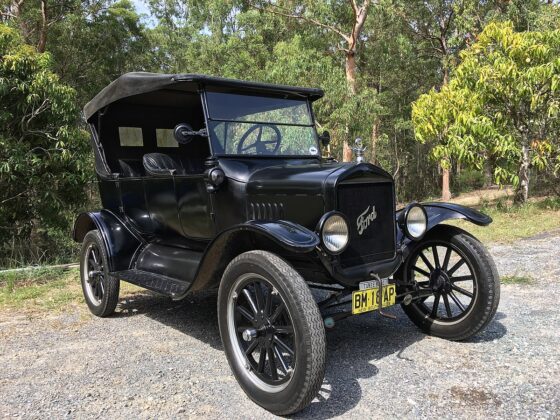
Ford’s commitment to car owners manifested itself early on with the Model T. Labelled “Tin Lizzie”, this vehicle exemplified longevity combined with simplicity. Its design emphasized modularity, ensuring a long-lasting relationship between the car and its owner.
Another remarkable facet of Ford’s legacy is its commitment to its workforce. Believing in the principle that a company’s strength lies in its people, Ford has consistently championed the well-being and growth of its employees.
Historically, Henry Ford introduced the $5-a-day wage, which was groundbreaking at the time, signifying a belief in fair compensation. In recent years, the company has focused on creating inclusive work environments, championing diversity, and providing continuous learning opportunities.
Employee welfare programs, skill development initiatives, and leadership training have ensured that Ford isn’t just producing world-class vehicles, but also nurturing a world-class workforce that drives the company’s vision forward.
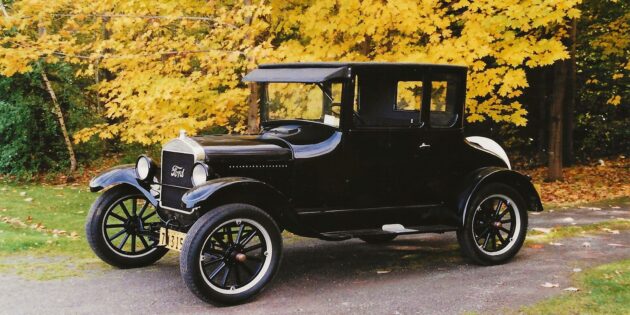
Over the last century, Ford’s automotive portfolio has been graced with releases that not only showcased engineering prowess but also captured the zeitgeist of their respective eras. The Model T, launched in the early 20th century, democratized mobility, becoming an emblem of the American dream.
The 1960s saw the advent of the Mustang, which quickly earned its place as an icon of American muscle and freedom, a symbol that continues to resonate today. The F-Series trucks, particularly the F-150, introduced in 1948, have been a testament to Ford’s understanding of America’s work ethic, becoming the best-selling vehicle in the U.S. for several decades. In the realm of compact cars, the Ford Escort and later the Ford Focus highlighted the company’s commitment to efficiency without compromising on performance, Ford models are also historically easy to repair compared to some other manufacturers, this is something Henry Ford incorporated into his very first vehicles and designs during his lifetime, meaning with the combination of the official Ford workshop manual, the engineering of each vehicle was also focused towards the ease of repair.
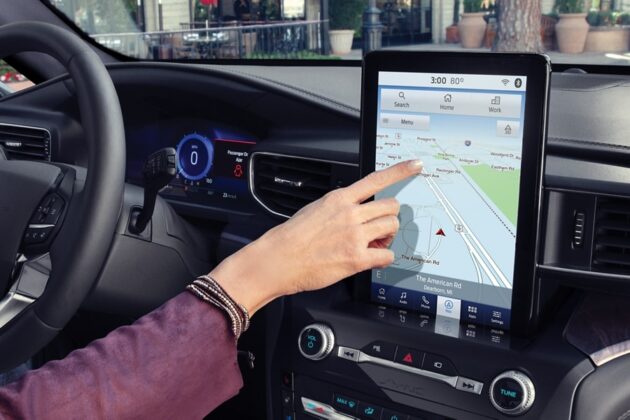
As the world moved into the digital age, Ford was at the forefront, integrating advanced technology into their automotive offerings. The SYNC system stands as a testament to Ford’s foresight in anticipating the convergence of cars and connectivity. With a rapidly changing environment, the brand didn’t remain a bystander. Their green transportation solutions, such as the Fusion Hybrid and the Mustang Mach-E, represent their dedication to sustainability.
Each of these releases isn’t just a car; they are chapters in a grand narrative of innovation, adaptability, and understanding the pulse of the global consumer.
Safety, a paramount concern in automotive design, saw transformative advancements at Ford. The Ford Co-Pilot360 exemplifies this focus, offering an ensemble of safety features designed to protect every road user.
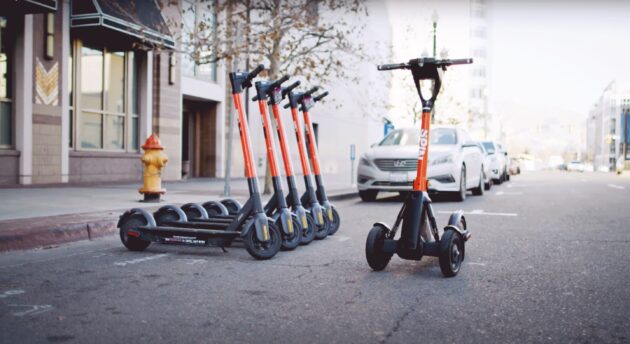
With urbanization trends in the late 20th century, Ford’s vision expanded beyond cars. Recognizing the urban challenges of the future, they began exploring comprehensive transportation solutions. The acquisition of Spin, an e-scooter startup, indicates this broader vision.
Electric and autonomous vehicles, the future cornerstones of transportation, have become strategic focal points for Ford. Their aggressive research, development, and investments in these sectors showcase their determination to lead in the next automotive era.
Ford’s influence isn’t restricted to the realm of cars. Its cultural and societal impact is palpable. Whether it’s the Mustang’s embodiment of freedom or its representation in popular media, Ford has become an integral part of the American psyche.
Beyond the world of automobiles and technology, Ford has been a beacon for corporate responsibility and community involvement. The Ford Motor Company Fund, established in 1949, embodies Henry Ford’s vision of “going further” by making the world a better place. Over the decades, this philanthropic arm has invested over $2 billion in community programs focused on education, safe driving, and community development worldwide.
From providing scholarships to empowering minority entrepreneurs, Ford’s commitment goes beyond selling cars. It’s about driving change, fostering growth, and ensuring that progress on the road is mirrored by progress in society. Their belief is evident: a better world is not just about advanced vehicles but about enhancing human lives.

Ford’s foray into motorsports further solidifies its iconic status. From NASCAR circuits to the legendary battles in the Le Mans 24 Hours, Ford cars have consistently showcased their mettle, exemplified by the GT40’s storied rivalry with Ferrari during the 1960s.
Looking to the horizon, Ford’s vision encompasses more than vehicles. They foresee a cohesive transportation ecosystem, marked by sustainability, efficiency, and accessibility. Their endeavours indicate they aren’t just passive participants in this future; they’re at the helm.
As the world grapples with the challenges posed by climate change, Ford has taken significant strides in its commitment to environmental sustainability. Recognizing the automotive industry’s footprint, Ford has initiated a comprehensive plan aimed at reducing its carbon emissions. Their ambitious goal to become carbon neutral by 2050 demonstrates a deep-seated responsibility to the planet.
Their initiatives encompass everything from the design and manufacturing processes to the recycling of older vehicle parts. By collaborating with global partners and investing in renewable energy sources for their facilities, Ford envisions a future where mobility solutions not only serve humanity but also coexist harmoniously with nature.
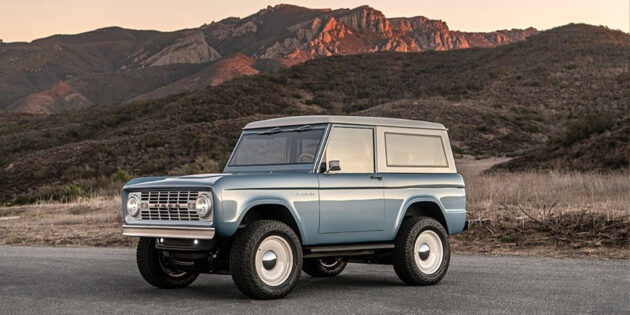
In essence, the story of Ford transcends automotive history. It’s a chronicle of perseverance, innovation, and a relentless pursuit of excellence. From the rudimentary assembly lines of the early 1900s to the sophisticated EV labs of today, Ford’s trajectory charts the journey of modern mobility. As the world stands at the cusp of an automotive renaissance, there’s little doubt that Ford will be leading the charge, shaping a future that promises to be as exhilarating as its illustrious past.






